Last updated 8 months ago | Originally Published: August 15, 2024
Ever wondered how a guy like Milton S. Hershey built a chocolate empire from scratch? Maybe you’re curious about how he turned his failures into a success story that still resonates today. Or perhaps you’re intrigued by his philanthropic legacy that goes beyond just candy bars. Let’s dive into the life of Milton Hershey and unravel how this man shaped an industry, a community, and a legacy that’s still impacting lives. Once you reach the end of the story, it’ll be clear that his legacy is far more than just a name on a chocolate bar! Indeed, every sentence in this article is a testament to Hershey’s far-reaching impact on his industry and society.

Milton Hershey’s Early Life—Failures, Persistence, and Success
Milton S. Hershey wasn’t always the successful chocolate tycoon we know today. In fact, his journey is a testament to resilience and determination in the face of repeated failures. Born on September 13, 1857, in Derry Township, Pennsylvania, Hershey grew up in a rural farming community. His early life was far from stable—his father, Henry Hershey, was a dreamer with big ideas but little follow-through, which led to the family moving frequently. This lack of stability likely influenced Hershey’s later determination to create something lasting and substantial.
The First Business Failure
Milton Hershey’s formal education was cut short when he dropped out of school at the age of 14. His father had arranged for him to apprentice with a local printer in Lancaster, Pennsylvania, but it didn’t take long for Hershey to realize that printing wasn’t his calling. After an incident where he accidentally dropped his hat into one of the printing presses, he was quickly let go. However, this setback was a blessing in disguise, as it pushed him to explore other opportunities.
Recognizing his lack of interest in printing, Milton’s mother, Fanny Hershey, arranged for him to apprentice with Joseph Royer, a local confectioner. This experience proved pivotal. Over the next four years, Hershey learned the craft of candy-making, mastering the art of producing caramels, taffy, and other sweets. This apprenticeship laid the foundation for his future endeavors, sparking a passion for confectionery that would drive him for the rest of his life.
Another Shot, Another Setback
Undeterred by his failure in Philadelphia, Hershey moved to Denver, Colorado, where he found work with a confectioner specializing in caramels. Here, Hershey learned about the benefits of using fresh milk in caramel production, a technique that would later become a cornerstone of his success. Armed with this new knowledge, Hershey decided to give the candy business another shot.
He returned to the East Coast and tried to establish a candy business in New York City. Once again, he borrowed money to start the venture, and once again, he faced failure. The New York shop struggled, just as the Philadelphia shop had, and within three years, Hershey was forced to close its doors. He returned to Lancaster, Pennsylvania, in 1886, broke and disillusioned, with little to show for his years of hard work.
The Turning Point—The Lancaster Caramel Company
Back in Lancaster, Hershey faced a crucial decision: give up or try again. Drawing on the knowledge and experience he had gained over the years, particularly the technique of using fresh milk in caramels, Hershey decided to start over once more. He scraped together what little he had left and began making caramels in a small, rented space.
Hershey’s fresh milk caramels quickly gained a reputation for their superior quality, and demand for his products grew. He named his new venture the Lancaster Caramel Company, and this time, he struck gold. The company’s success was swift and significant. By focusing on quality and leveraging his unique caramel recipe, Hershey was able to secure domestic and international contracts, including a large order from a British candy importer that helped solidify his business’s growth.
As the Lancaster Caramel Company expanded, Hershey’s fortunes changed dramatically. The company became a major player in the confectionery industry, employing hundreds of workers and generating substantial profits. In 1900, recognizing the potential of the burgeoning chocolate market, Hershey sold the Lancaster Caramel Company for $1 million—a massive sum at the time, equivalent to roughly $30 million today.
This sale gave Hershey the capital he needed to pursue his real passion: chocolate. With the proceeds, he established the Hershey Chocolate Company, setting the stage for creating what would become one of the most iconic brands in the world. Milton Hershey’s early life is a story of persistence in the face of failure, learning from mistakes, and using those lessons to build something extraordinary.
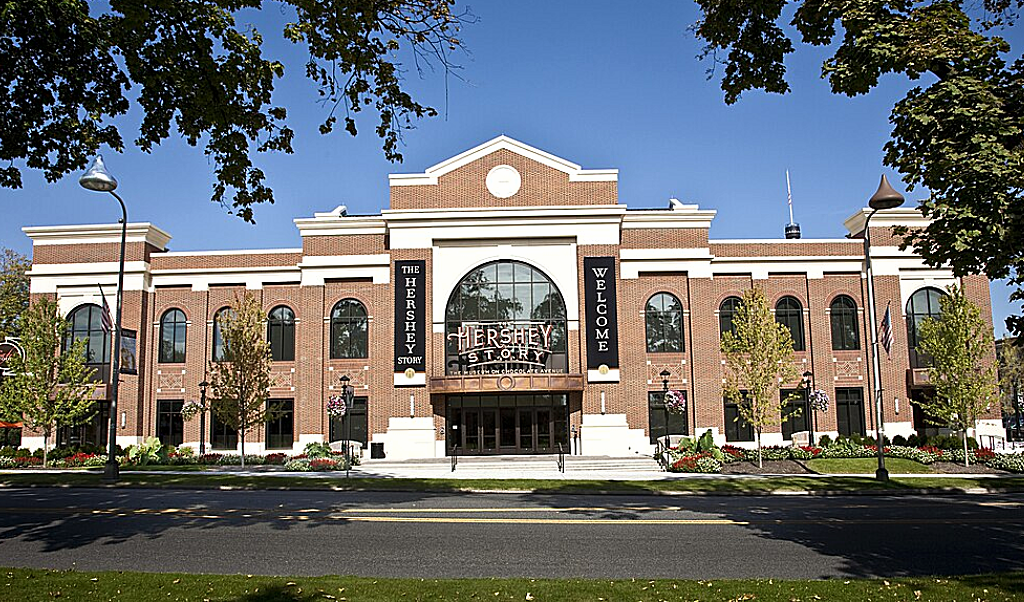
Hershey Chocolate Company—The Making of an Empire
Milton Hershey wasn’t the type to rest on his laurels. After building the Lancaster Caramel Company into a massive success, most entrepreneurs would have considered it a career-defining achievement. But for Milton S. Hershey, it was just the beginning. His vision was much larger—he dreamed of creating a product that would be a commercial success and revolutionize the candy industry. And that product was milk chocolate.
The Bold Pivot to Chocolate
At the turn of the 20th century, chocolate was considered a luxury item reserved for the wealthy. It was expensive to produce, particularly milk chocolate, which was popular in Europe but had not yet been successfully mass-produced in the United States. While visiting the World’s Columbian Exposition in Chicago in 1893, Hershey was captivated by the chocolate-making machinery he saw. He purchased the equipment on the spot and shipped it back to Lancaster.
This move was the first step in what would become a total pivot from caramels to chocolate. After selling the Lancaster Caramel Company in 1900 for $1 million, Hershey invested the proceeds into building a new factory dedicated solely to chocolate production. This decision was both risky and visionary—Hershey was betting on a future where milk chocolate would become a staple in American households.
Building the Hershey Chocolate Factory—A Vision Realized
In 1903, Hershey began constructing his new factory in Derry Township, Pennsylvania, just a few miles from where he was born. He chose this location not only for its proximity to fresh milk, a crucial ingredient in his chocolate, but also because he envisioned building a community around the factory—a place where his workers could live, work, and thrive.
The Hershey Chocolate Factory was state-of-the-art for its time. Hershey spared no expense in outfitting it with the latest technology, including machinery imported from Europe and custom-built equipment designed to streamline the chocolate-making process. The factory could produce chocolate on a scale never before seen in the United States, allowing Hershey to drive down costs and make its products affordable to the average consumer.
The factory officially opened in 1905, and it quickly became the beating heart of what would later become Hershey, Pennsylvania—a town built around the ideals of hard work, community, and innovation. This factory was more than just a production facility; it realized Hershey’s dream to make quality chocolate accessible to everyone.
Hershey’s Milk Chocolate Bar and Hershey’s Kisses
With the factory up and running, Hershey focused on product development. He knew that he needed to create delicious and affordable products to capture the American market. His first major success was the Hershey’s Milk Chocolate Bar, launched in 1900. This bar wasn’t just another candy; it was an innovation. Hershey had perfected the process of using fresh milk in his chocolate, which gave it a creamy texture and rich flavor that set it apart from competitors.
The milk chocolate bar quickly became a staple in American households, but Hershey wasn’t done yet. In 1907, he introduced Hershey’s Kisses—small, bite-sized pieces of chocolate wrapped in foil. The product was named for the machine’s sound when it dropped the chocolate onto the conveyor belt. Hershey’s Kisses were an immediate hit, combining the quality of Hershey’s milk chocolate with a convenient and shareable form factor.
These products weren’t just successful because of clever marketing or appealing packaging—they resulted from Hershey’s relentless focus on quality and innovation. By controlling every aspect of the production process, from sourcing raw materials to packaging the final product, Hershey ensured that his chocolate was consistently superior to other brands on the market.
Key Innovations in Hershey’s Products
- Fresh Milk in Chocolate: Hershey’s use of fresh milk gave his chocolate a distinct flavor and texture, setting it apart from European chocolates that relied on milk powder.
- Mass Production: The Hershey factory’s advanced machinery allowed for the mass production of chocolate, reducing costs and making the product accessible to a broader audience.
- Iconic Branding: Hershey’s decision to individually wrap Kisses in foil and add a paper plume was a stroke of branding genius, creating an instantly recognizable product.
Hershey’s Business Strategy—Lessons in Vision and Innovation
Milton Hershey’s approach to business was as innovative as his products. He wasn’t just building a company—he was creating an entirely new way of doing business, prioritizing quality, community, and long-term vision over short-term profits. Here are some key lessons we can learn from his strategy:
- Innovate Relentlessly: Hershey wasn’t content to rest on his laurels with the success of his caramel business. He constantly sought new opportunities, even if it meant taking significant risks. His decision to pivot to chocolate, a relatively untested market in the U.S., was bold but ultimately paid off. Hershey’s innovation extended beyond just the product; he revolutionized the manufacturing process, setting new standards for the industry.
- Scale with Vision: The construction of the Hershey Chocolate Factory wasn’t just about meeting current demand—it was about anticipating future growth. Hershey built a facility that could scale as his business expanded, ensuring that he could meet increasing consumer demand without compromising quality. This foresight allowed Hershey to maintain a competitive edge as the chocolate market grew.
- Focus on Quality: From sourcing fresh milk to controlling the production process, Hershey placed quality at the forefront of its business. He understood that his products needed to be consistently superior to stand out in a crowded market. This commitment to quality wasn’t just about making good chocolate and building a brand that consumers could trust.
- Create a Legacy: Hershey’s vision extended beyond the immediate success of his business. He wanted to create something lasting—both in terms of his products and the community he built around his factory. The town of Hershey, Pennsylvania, is a testament to this vision, providing not only a home for his workers but also a legacy that continues to thrive over a century later.
Milton Hershey’s story is a powerful example of how vision, innovation, and a relentless commitment to quality can turn a small idea into an enduring empire. The Hershey Chocolate Company wasn’t just a business for him—it was a mission to make the world a sweeter place, one chocolate bar at a time.
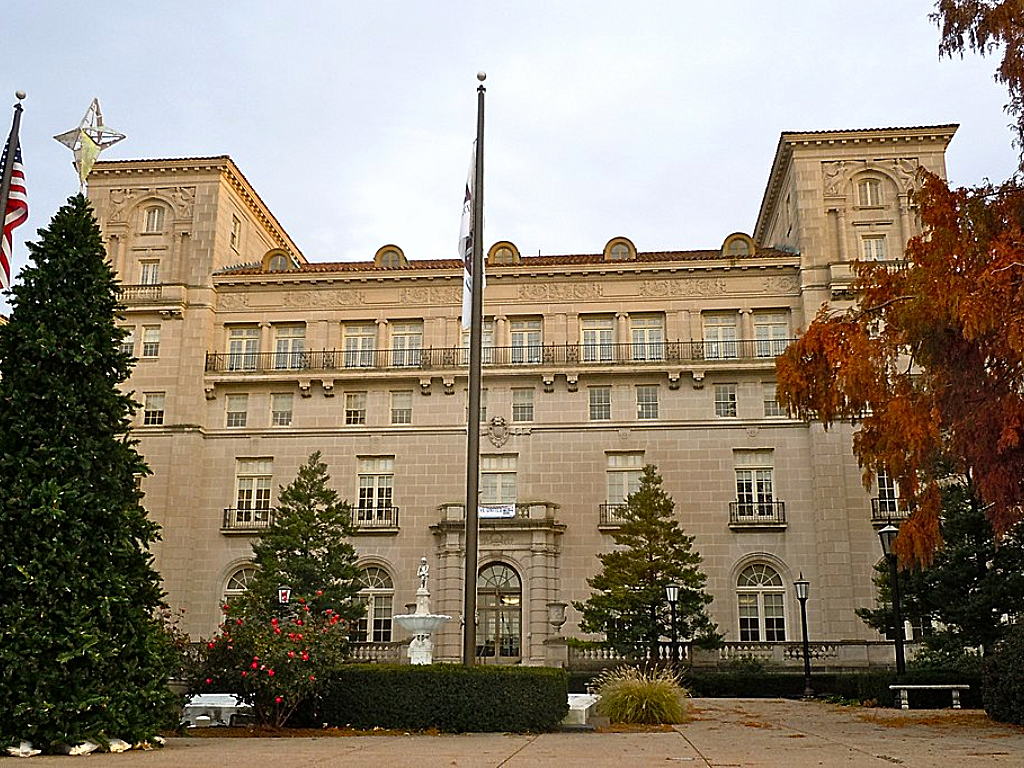
Philanthropy at Its Core—Milton Hershey School and Beyond
Milton S. Hershey’s legacy extends far beyond the world of chocolate, and his philanthropic endeavors are a defining aspect of his impact. Unlike many industrialists of his era, Hershey wasn’t content with merely amassing wealth; he was deeply committed to using his success to make a tangible difference in the lives of others. His approach to philanthropy was hands-on and visionary, with the creation of the Milton Hershey School and the development of Hershey, Pennsylvania, as prime examples of his commitment to community and social responsibility.
The Milton Hershey School—A Vision for Changing Lives
In 1909, Milton and Catherine Hershey established the Milton Hershey School, originally known as the Hershey Industrial School. This wasn’t just another charitable institution; it was a radical approach to education and care for orphaned and underprivileged boys. The school was founded on the belief that every child deserved a chance to succeed in life regardless of their background.
A Foundation of Practical Education
The school’s curriculum was designed with a practical focus, combining academic instruction with vocational training. Hershey believed that students should be equipped with a traditional education and the skills necessary to succeed in the workforce. From carpentry and agriculture to home economics, the school provided students with a comprehensive education that prepared them for real-world challenges. Hershey’s intention was to produce scholars and responsible, capable individuals who could contribute to society.
A Commitment to Whole Child Development
Milton Hershey was deeply involved in the school’s operation throughout his life, ensuring that it provided a nurturing environment that focused on the holistic development of its students. The school emphasized not just academics but also moral and character education. Students were taught the importance of responsibility, hard work, and ethical behavior—values that Hershey himself embodied.
Over the years, the Milton Hershey School has evolved to meet society’s changing needs, expanding its reach to serve a diverse population of pre-kindergarten through 12th-grade students. Today, it remains one of the wealthiest and most well-endowed educational institutions in the world, with an endowment that allows it to provide a fully funded education, including housing, healthcare, and post-graduation support, to over 2,000 students annually.
Expanding the Impact—Catherine Hershey Schools for Early Learning
In 2020, the Hershey legacy expanded further with the creation of the Catherine Hershey Schools for Early Learning. This initiative focuses on providing high-quality early childhood education to children from low-income families, reflecting Hershey’s ongoing commitment to breaking the cycle of poverty through education.
Hershey, Pennsylvania—A Model Town with a Purpose
Milton Hershey’s vision wasn’t limited to his school. He believed in creating a supportive community for his employees and their families, leading to the development of Hershey, Pennsylvania. This model town was designed to offer workers a high quality of life, with affordable housing, public transportation, and recreational facilities, including Hersheypark, which remains a popular attraction today.
Building a Community
Hershey envisioned a town where workers could live comfortably and safely, with access to amenities promoting their well-being. This included the construction of schools, hospitals, and other essential services, all funded by Hershey’s wealth. The town’s development was part of Hershey’s broader vision of corporate responsibility, where businesses played an active role in improving the lives of their employees and the community at large.
3 Reasons Why It Matters:
- Lasting Impact: The Milton Hershey School and the town of Hershey continue to thrive today, serving as a testament to Hershey’s far-sighted vision. The school’s endowment ensures that it can continue to offer life-changing opportunities to children for generations to come while the town remains a vibrant community that benefits from the ongoing success of the Hershey Company.
- Community Building: By investing in his community, Hershey ensured a loyal workforce and a legacy that extended far beyond his lifetime. His approach to philanthropy was not just about giving money but about creating sustainable systems that would continue to provide for people long after he was gone.
- Philanthropy with Purpose: Hershey’s philanthropy was grounded in a deep sense of responsibility and a desire to make a lasting difference. Rather than simply donating money, he built institutions and communities that could sustain themselves and continue his mission.
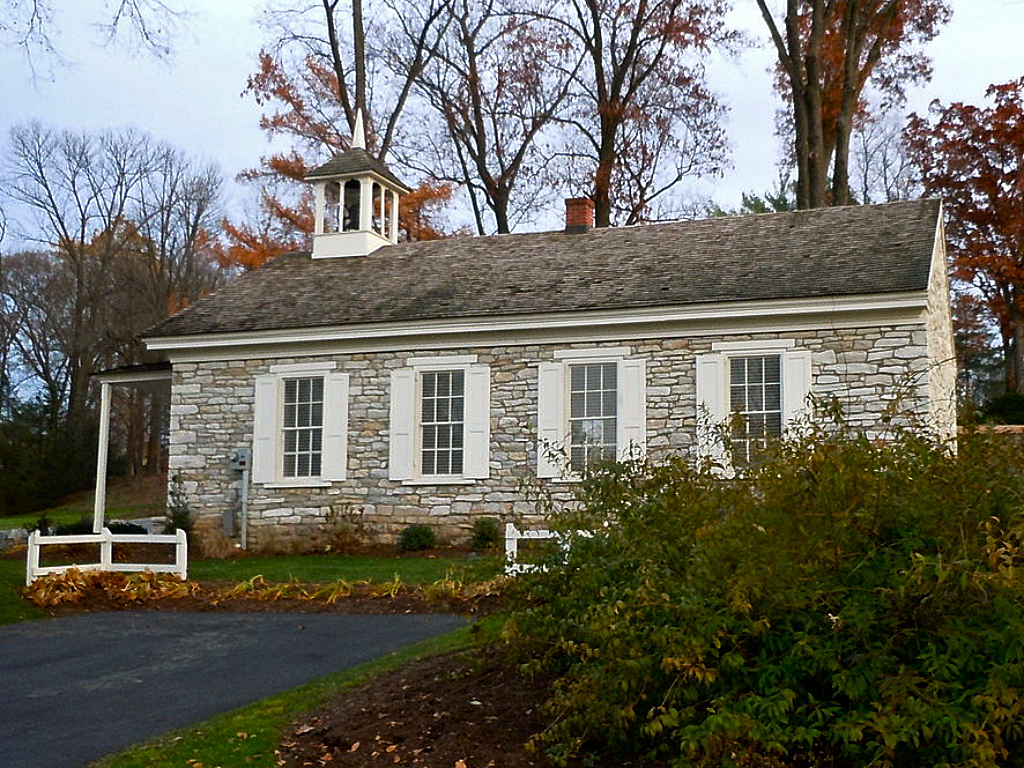
Hershey’s Legacy—More Than Just Chocolate
Milton Hershey’s contributions to society exceed his success in the chocolate industry. His philanthropic efforts, particularly the Milton Hershey School and the development of Hershey, Pennsylvania, demonstrate his commitment to using his resources for the greater good. His story isn’t just a history lesson but a blueprint for how to build something that truly lasts—an empire of not just products but of positive, enduring change.
For more detailed information on the impact of Milton Hershey’s philanthropic efforts, you can explore sources like the official Milton Hershey School website and the Hershey Community Archives. These resources provide a comprehensive look at how his vision continues to shape lives and communities today.
Learn More About Milton Hershey
For further exploration of Milton Hershey’s legacy and the lasting impact of his innovative strategies, the following references provide detailed insights into his life, the growth of the Hershey company, and his leadership principles.
- Nestlé Official Website: https://www.thehersheycompany.com/
- Wikipedia: https://en.wikipedia.org/wiki/Milton_S._Hershey
- Encyclopedia Britannica: https://www.britannica.com/biography/Milton-Snavely-Hershey
- Candy Retailer: https://www.candyretailer.com/blog/the-hershey-company/

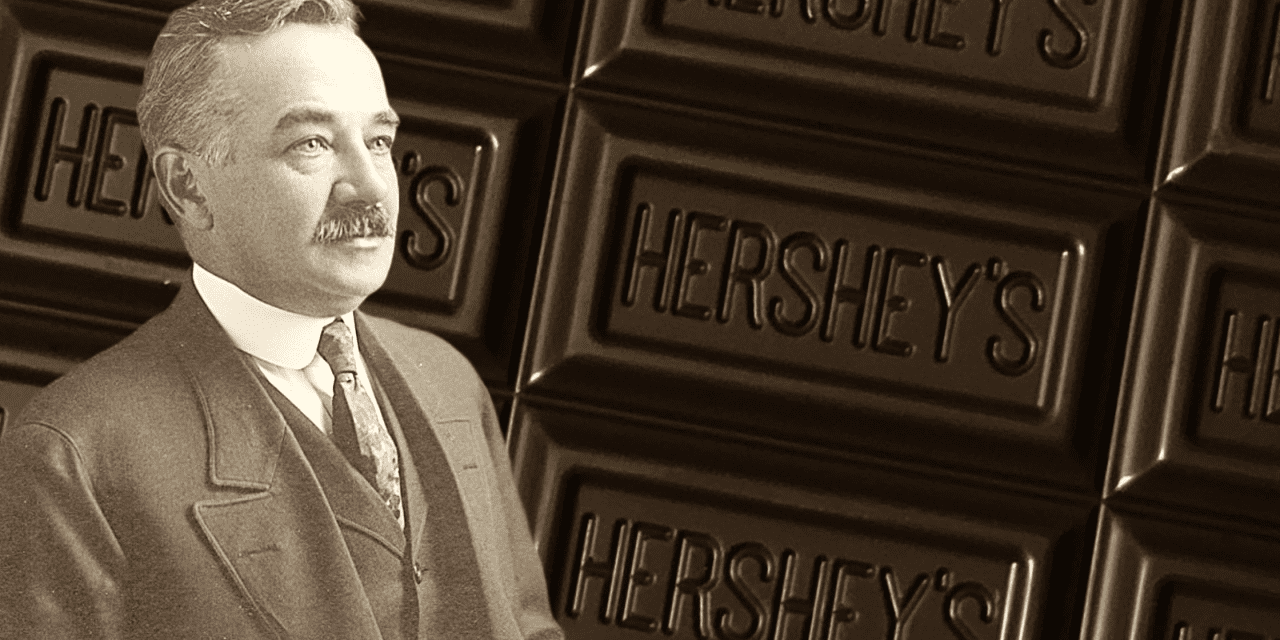
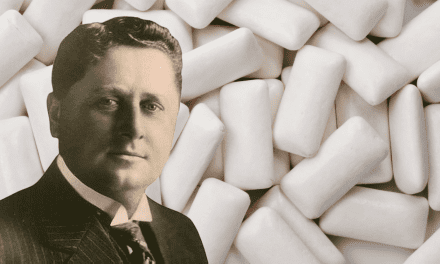
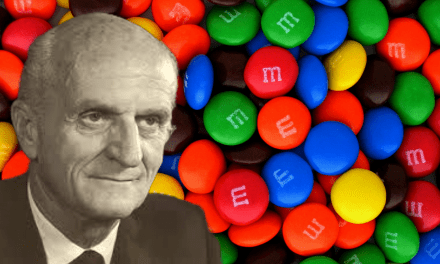
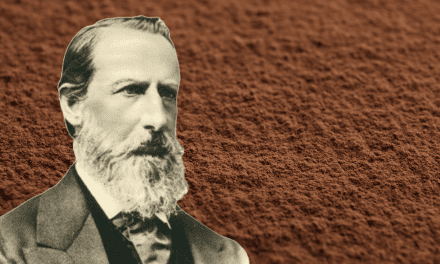
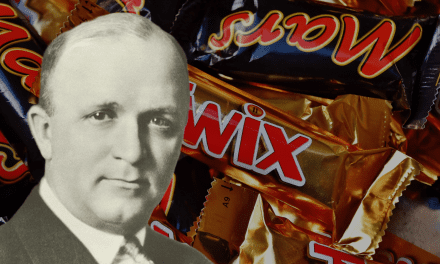
Recent Comments